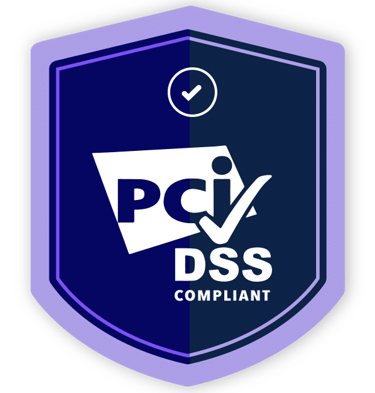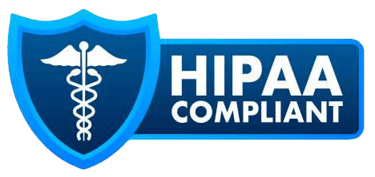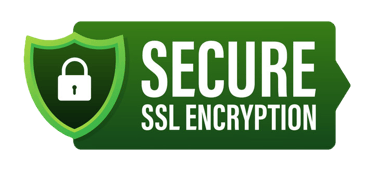Hospice Quality Assurance (QA) Program: Best Practices for Success
Discover best practices for hospice Quality Assurance (QA) programs. Improve compliance, patient care, and survey readiness with HealthBridge Consulting.


Running a hospice is about more than compassionate care—it’s about ensuring that care consistently meets the highest standards of quality and compliance. That’s where a Quality Assurance (QA) program comes in. A strong QA program is not just a regulatory requirement under the Medicare Conditions of Participation (CoPs), but also a practical roadmap for patient safety, survey readiness, and operational excellence.
At HealthBridge Consulting, we guide hospices in building and strengthening QA programs that stand up to scrutiny from the Centers for Medicare & Medicaid Services (CMS) and the California Department of Public Health (CDPH)—while enhancing patient and family satisfaction.
Why Hospice Quality Assurance Programs Matter
Regulatory Compliance: CMS requires hospices to maintain an active Quality Assessment and Performance Improvement (QAPI) program (§418.58).
Patient Safety: QA programs identify risks before they become adverse events.
Survey Readiness: Surveyors consistently review QA/QAPI documentation to ensure the agency is measuring, tracking, and improving care quality.
Operational Efficiency: By identifying weaknesses in documentation, staffing, and communication, QA programs streamline care delivery.
Key Elements of a Hospice QA Program
1. Comprehensive Chart Audits
Regular audits ensure that:
Assessments are complete and timely.
Care plans are individualized and measurable.
Medication reconciliation is consistently documented.
Advance directives and patient preferences are recorded.
2. QAPI Program Development
CMS requires hospices to not just identify problems, but also show measurable improvements. Best practices include:
Selecting at least two performance improvement projects per year.
Using data to drive decisions (e.g., pain scores, readmission rates).
Documenting interventions and outcomes clearly.
3. Staff Training and Competency Checks
QA isn’t just paperwork—it’s practice. Regular staff education should cover:
Infection control (bag technique, hand hygiene).
Pain management protocols.
Emergency preparedness training.
Documentation standards.
4. Patient and Family Feedback
Surveys and interviews provide valuable data on:
Patient comfort levels.
Communication effectiveness.
Family satisfaction with care coordination.
5. Policy and Procedure Reviews
Policies must align with current CMS CoPs and CDPH standards. Outdated manuals are a red flag during surveys.
Best Practices for a Successful QA Program
Make QA Part of Daily Operations
Don’t treat QA as a once-a-quarter event. Incorporate ongoing monitoring into daily workflows.
Involve the Interdisciplinary Group (IDG)
IDG members should contribute insights on clinical care, documentation, and patient/family needs.
Focus on Measurable Outcomes
Instead of vague goals like “improve patient care,” target specifics such as:
Reduce uncontrolled pain episodes by 15% in 6 months.
Improve timely completion of comprehensive assessments to 98%.
Use Technology Wisely
Leverage your EMR system to flag missing documentation, overdue visits, and medication reconciliation gaps.
Close the Loop on Findings
Surveyors want to see more than problem identification—they want proof of corrective action and sustained improvement.
Common Pitfalls in Hospice QA Programs
Paper Programs: Having QA policies on paper but no real implementation.
Lack of Staff Engagement: QA is not just for administrators—it requires buy-in at every level.
Inconsistent Documentation: If it isn’t documented, it didn’t happen.
Failure to Act on Data: Collecting metrics without meaningful interventions.
Real-World QA Program Examples
Case Study 1: A hospice reduced emergency department transfers by 20% after implementing a fall-prevention training program identified through QA data.
Case Study 2: Chart audits revealed inconsistent pain scale usage. After staff training, the hospice improved pain management documentation by 30%.
Case Study 3: A hospice improved patient-family satisfaction scores by 25% after creating a structured caregiver communication protocol.
The Role of Leadership in QA Success
Leadership sets the tone for QA. Effective Clinical Managers and Administrators:
Allocate resources for staff education.
Ensure timely follow-through on corrective actions.
Foster a culture where compliance is integrated into patient care.
How HealthBridge Consulting Helps Hospices
At HealthBridge Consulting, we provide tailored support for building and maintaining QA programs that meet and exceed CMS and CDPH standards. Our services include:
QA and QAPI Program Development – Customized frameworks aligned with regulatory requirements.
Comprehensive Chart Audits – Identifying deficiencies and providing corrective strategies.
Staff Training – Infection control, documentation, emergency preparedness, and clinical competencies.
Mock Surveys – Simulating the CMS/CDPH survey process to prepare your team.
Policy and Procedure Updates – Ensuring your manuals reflect current best practices.
With HealthBridge Consulting, hospices gain confidence knowing their QA programs are not only compliant but effective in delivering measurable improvements.
Final Takeaway
A strong hospice Quality Assurance program isn’t just about avoiding deficiencies—it’s about delivering consistent, high-quality, patient-centered care. By focusing on audits, staff training, QAPI projects, and leadership engagement, hospices can thrive under surveys while improving real outcomes for patients and families.
Contact HealthBridge Consulting today to strengthen your hospice QA program and achieve survey-ready compliance year-round.







